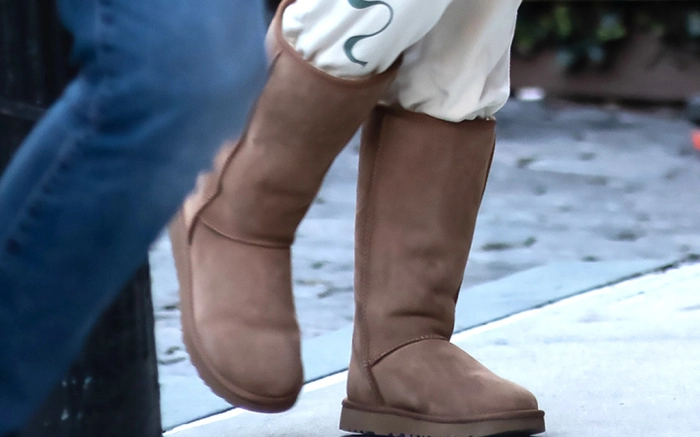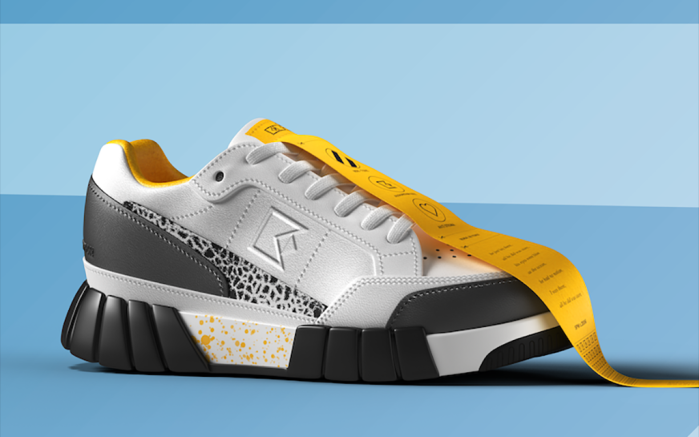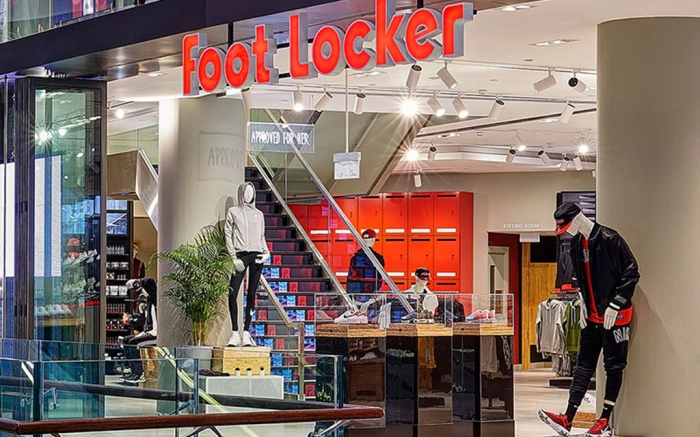Shoe Carnival Takes Hit on Wall Street After Rising Costs Impact Q1 Sales
Shares for Shoe Carnival dropped nearly 17% on Wednesday after the Evansville, Ind.-based footwear retailer reported first quarter 2022 earnings impacted by rising costs of transportation and fuel.
On the company’s quarterly earnings call on Wednesday, Shoe Carnival CEO Mark Worden compared Q1 of 2022 to the same quarter in 2019 as “footwear category trends and customer behavior closely resembled the first quarter of 2019 before the pandemic begin,” he said. “Importantly during this quarter, we gained valuable insights into how our customers would shop for footwear without the massive government stimulus distributions during 2021 and without the retail store closures from the pandemic in 2020.
Net sales in the first quarter of 2022 were up 25.1% to $317.5 million compared to the pre-pandemic first quarter of 2019, which Worden said was driven by new customer acquisition of over 25% versus first quarter 2019. However, if you compare the quarter to the same period in 2021, net sales are down 3.3% from $328.5 million the year prior, and comparable store sales declined 10.6%. These results were against a net sales increase of 122.7% and a comparable store sales increase of 125.8% in Q1 last year.
Net income in the first quarter of 2022 was $26.9 million, or $0.95 per diluted share, down from $43.2 million in 2021, but up from $13.9 million in 2019.
CFO W. Kerry Jackson said on Tuesday’s call that these results were “due to the current global supply chain issues and transitory inflation” the company incurred in Q1 this year, which resulted in “significantly higher transportation and fuel costs.” These costs led to a reduction of its merchandise margin by 150 basis points and increased its distribution costs by 190 basis points.
“While we expect to incur higher transportation and fuel costs through the remainder of the year, we feel the year-over-year increase will moderate in Q2 and beyond, partly due to mitigations we have put in place,” Jackson added.
Looking at category performance, Worden mentioned on the call that customers are “highly engaged” with the dress, casual and sandals product categories, demonstrating a strong return to pre-pandemic lifestyles and trends. More specifically, women’s non-athletic shoes were up mid-single digits while men’s non-athletic styles were up in the low single digits in the first quarter of 2022 compared to the same time last year. Children’s shoes were down in the high teens, while adult athletic styles were down 20% compared to Q1 2021. These numbers, according to Worden, bring the retailer’s category mix “back to our normal split of approximately 50-50 athletic and non-athletic.”
And as for inventory levels, Worden added that despite the supply chain challenges globally and the backup of goods at the ports, Shoe Carnival’s inventory per door is up approximately 20% versus last year and versus 2019 and is “positioned to win” the back-to-school season with these inventory levels.
Looking ahead, Shoe Carnival expects net sales to increase 4% to 7% in fiscal 2022 compared to the prior year.
On the company’s quarterly earnings call on Wednesday, Shoe Carnival CEO Mark Worden compared Q1 of 2022 to the same quarter in 2019 as “footwear category trends and customer behavior closely resembled the first quarter of 2019 before the pandemic begin,” he said. “Importantly during this quarter, we gained valuable insights into how our customers would shop for footwear without the massive government stimulus distributions during 2021 and without the retail store closures from the pandemic in 2020.
Net sales in the first quarter of 2022 were up 25.1% to $317.5 million compared to the pre-pandemic first quarter of 2019, which Worden said was driven by new customer acquisition of over 25% versus first quarter 2019. However, if you compare the quarter to the same period in 2021, net sales are down 3.3% from $328.5 million the year prior, and comparable store sales declined 10.6%. These results were against a net sales increase of 122.7% and a comparable store sales increase of 125.8% in Q1 last year.
Net income in the first quarter of 2022 was $26.9 million, or $0.95 per diluted share, down from $43.2 million in 2021, but up from $13.9 million in 2019.
CFO W. Kerry Jackson said on Tuesday’s call that these results were “due to the current global supply chain issues and transitory inflation” the company incurred in Q1 this year, which resulted in “significantly higher transportation and fuel costs.” These costs led to a reduction of its merchandise margin by 150 basis points and increased its distribution costs by 190 basis points.
“While we expect to incur higher transportation and fuel costs through the remainder of the year, we feel the year-over-year increase will moderate in Q2 and beyond, partly due to mitigations we have put in place,” Jackson added.
Looking at category performance, Worden mentioned on the call that customers are “highly engaged” with the dress, casual and sandals product categories, demonstrating a strong return to pre-pandemic lifestyles and trends. More specifically, women’s non-athletic shoes were up mid-single digits while men’s non-athletic styles were up in the low single digits in the first quarter of 2022 compared to the same time last year. Children’s shoes were down in the high teens, while adult athletic styles were down 20% compared to Q1 2021. These numbers, according to Worden, bring the retailer’s category mix “back to our normal split of approximately 50-50 athletic and non-athletic.”
And as for inventory levels, Worden added that despite the supply chain challenges globally and the backup of goods at the ports, Shoe Carnival’s inventory per door is up approximately 20% versus last year and versus 2019 and is “positioned to win” the back-to-school season with these inventory levels.
Looking ahead, Shoe Carnival expects net sales to increase 4% to 7% in fiscal 2022 compared to the prior year.













